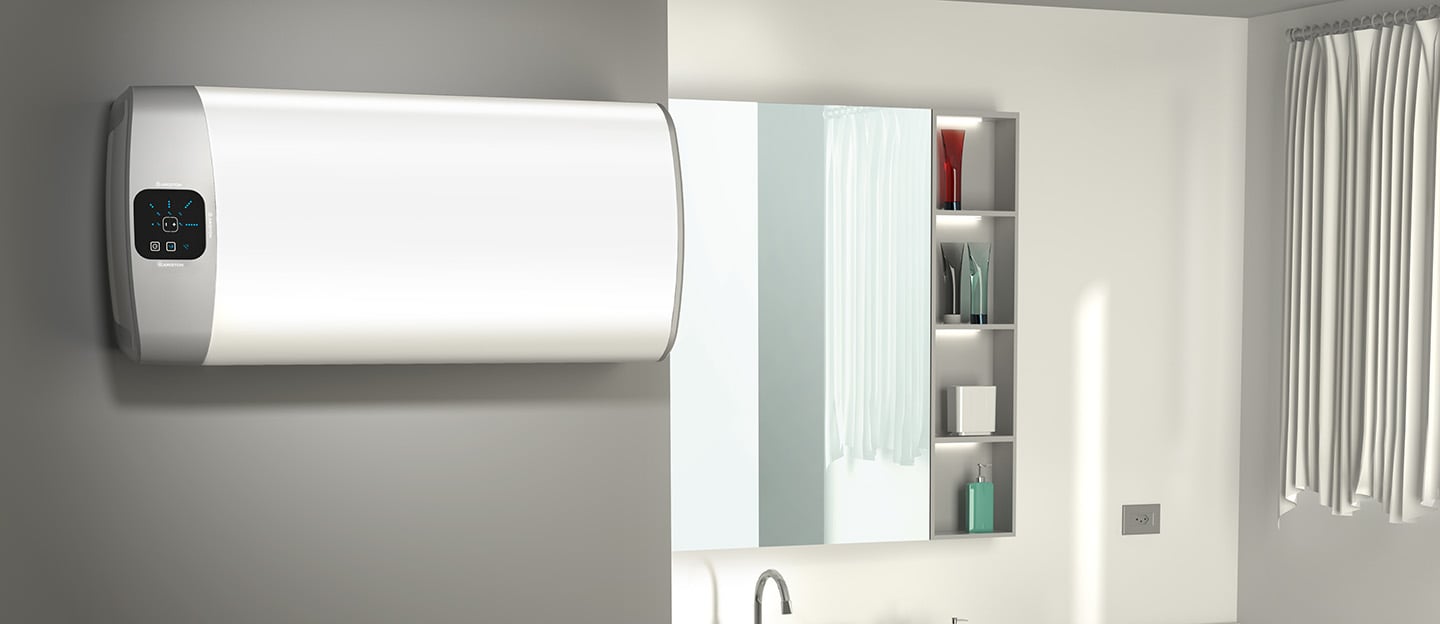Electric water heaters: how to solve 3 frequent problems
| modified: December 3, 2019
This handy mini-guide shows how to solve 3 of the most frequent problems that can occur if you have an electric water heater. Here are some tips:
Is your water heater noisey? If your electric water heater is making strange noises, it might be due to limescale deposited over the years on the inside of the tank. This is a fairly frequent situation, especially in cities where drinking water has high levels of calcium in it. To get rid of the noise proceed as follows:
It doesn’t produce any hot water First of all we should check that the taps connecting the electric water heater to the plumbing are actually open: if they are, the problem may be a locked safety valve, which often happens when an electric water heater has been inactive for a long time. In this case, to release the valve, we’ll have to do what the instcution manual tells us, but only after switching off the home’s main power switch and closing the water valve in the bathroom.
It’s leaking If it’s leaking from the lower part of the water heater, the problem will often be a malfunctioning of the resistance. To free it from limescale, proceed as in point 1 above. If the problem persists, we recommend calling out a specialist technician to replace the resistance or maybe check whether it’s time to replace the whole electric water heater: click here to discover Ariston’s most innovative models, which can guarantee advanced performance and high thermal comfort.
Is your water heater noisey? If your electric water heater is making strange noises, it might be due to limescale deposited over the years on the inside of the tank. This is a fairly frequent situation, especially in cities where drinking water has high levels of calcium in it. To get rid of the noise proceed as follows:
- set the switch on the water heater to “Off” as well as turning the home’s main power switch
- shut off the water valve in the bathroom to avoid flooding;
- drain the water (having first made sure it’s cooled down) into a bucket;
- leave the water heater off for a few hours and then fill it again after turning on the water valve and the tap and put the main power switch back on.
It doesn’t produce any hot water First of all we should check that the taps connecting the electric water heater to the plumbing are actually open: if they are, the problem may be a locked safety valve, which often happens when an electric water heater has been inactive for a long time. In this case, to release the valve, we’ll have to do what the instcution manual tells us, but only after switching off the home’s main power switch and closing the water valve in the bathroom.
It’s leaking If it’s leaking from the lower part of the water heater, the problem will often be a malfunctioning of the resistance. To free it from limescale, proceed as in point 1 above. If the problem persists, we recommend calling out a specialist technician to replace the resistance or maybe check whether it’s time to replace the whole electric water heater: click here to discover Ariston’s most innovative models, which can guarantee advanced performance and high thermal comfort.



